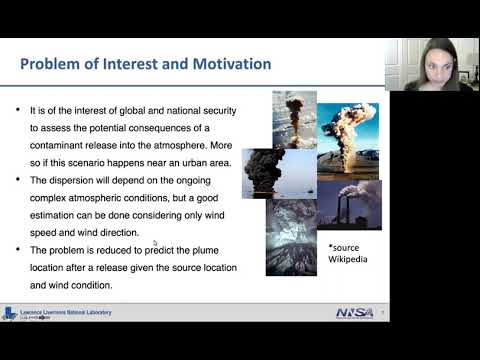Description:
Explore machine learning approaches for predicting seismic, acoustic, and atmospheric data in this 41-minute conference talk from the Fields Institute. Delve into enhanced K-Nearest Neighbors (KNN) techniques and their applications in atmospheric and material fracture studies. Learn about the importance of uncertainty quantification in machine learning and various performance metrics for evaluating predictions. Examine multivariate neural networks and heteroscedastic training loss functions for high-strain brittle fracture analysis. Gain insights from M. Giselle Fernández-Godino of Lawrence Livermore National Laboratory on cutting-edge methods for controlling error and improving efficiency in numerical models across diverse scientific domains.

Machine Learning Approaches for Predicting Seismic, Acoustic and Atmospheric Data
Add to list
#Computer Science
#Machine Learning
#Mathematics
#Statistics & Probability
#Uncertainty Quantification
#K-Nearest Neighbors